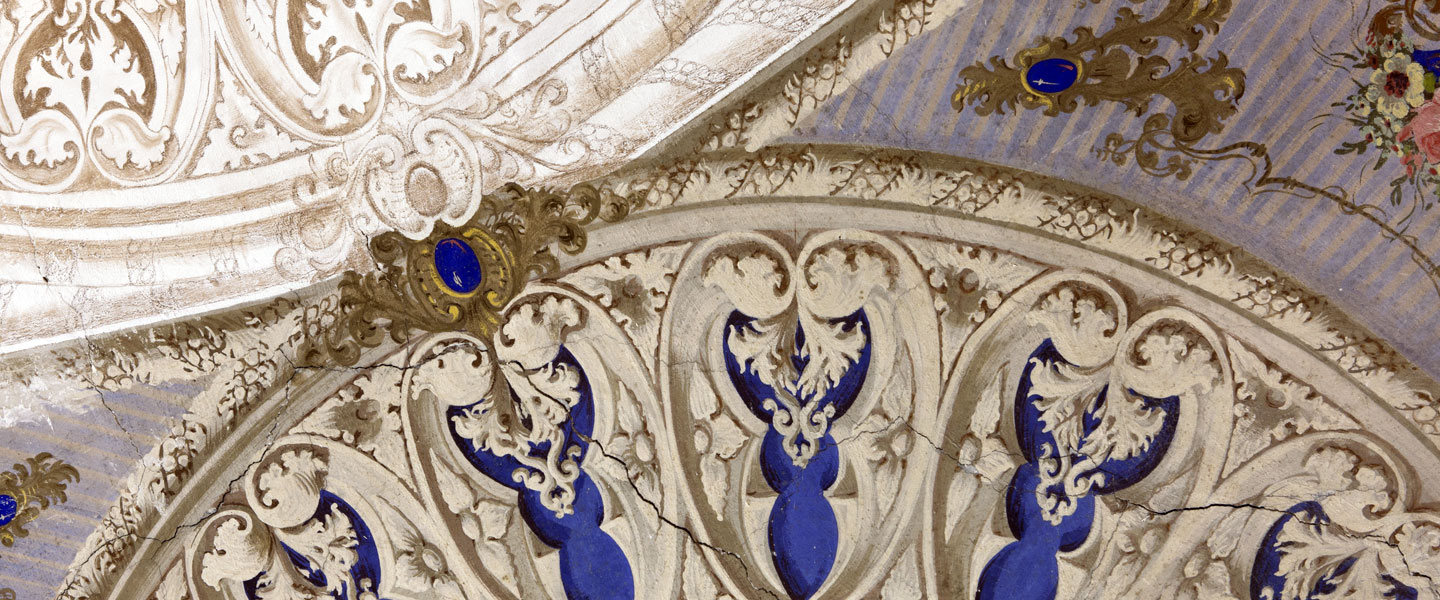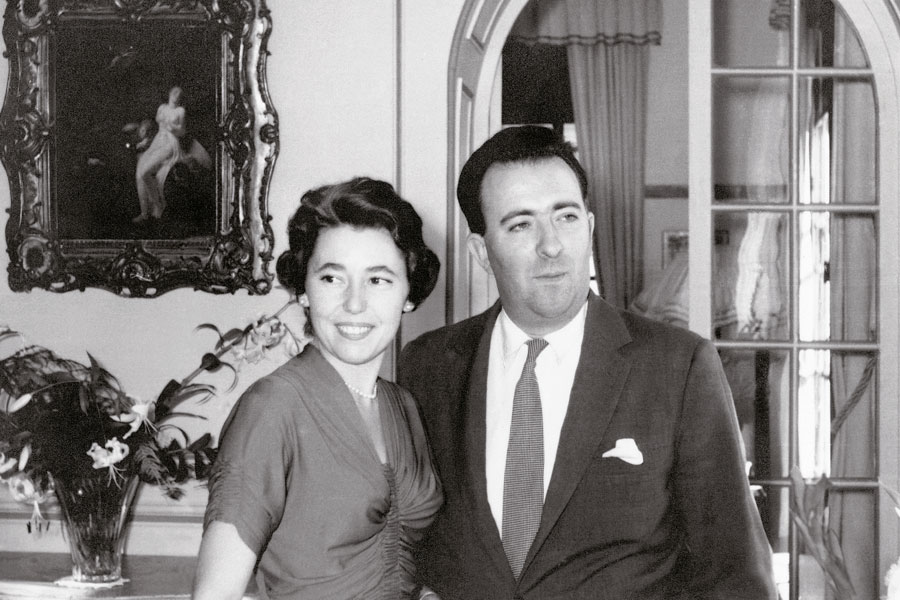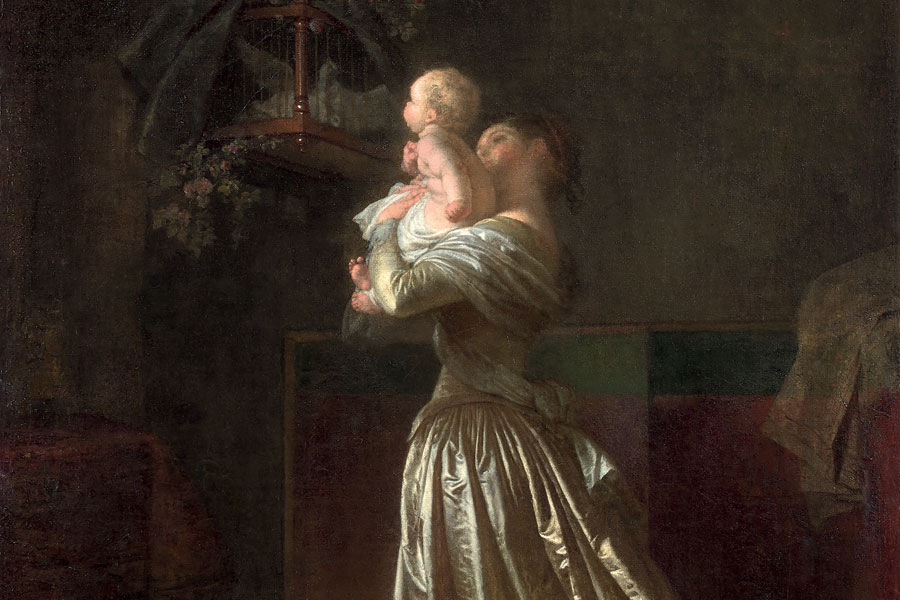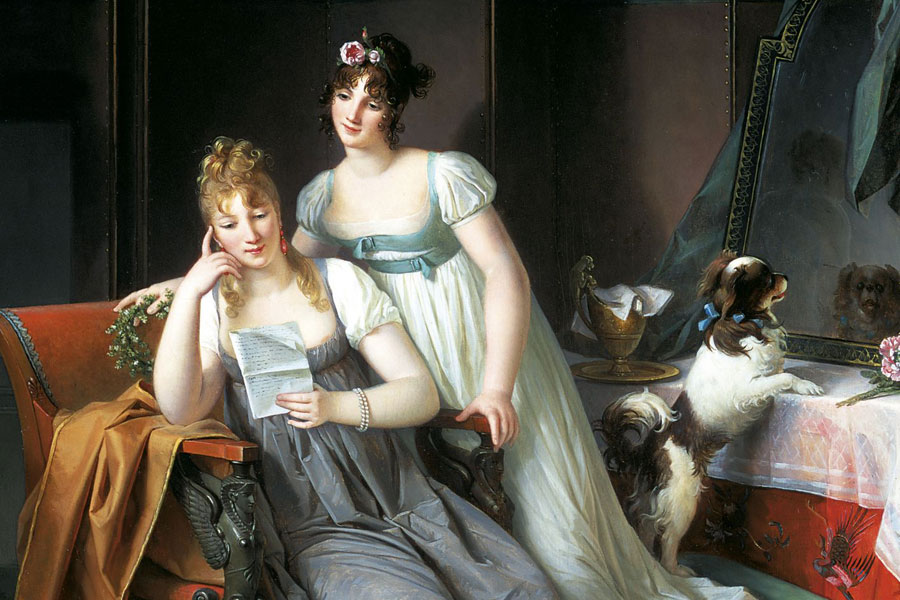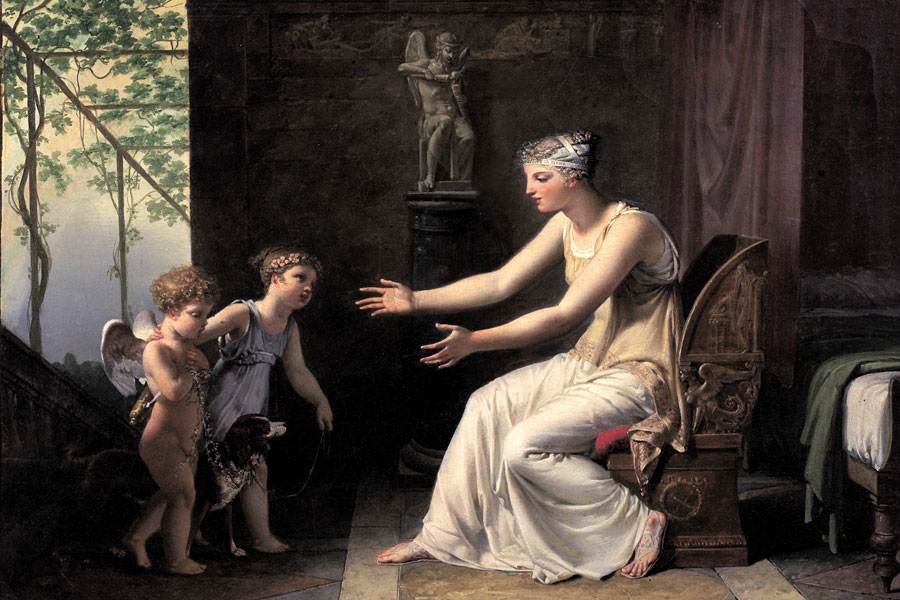On the first floor, some twenty major works by Jean-Honoré Fragonard are displayed in a suite of large rooms, in addition to some forty paintings by two other Grasse artists: Marguerite Gérard, Fragonard’s sister-in-law and disciple, and Jean-Baptiste Mallet. This complex, which forms the museum’s permanent exhibition area, goes beyond the purely regional scope because of its artistic and historical dimension.
JEAN HONORÉ FRAGONARD (1732-1806)
Jean-Honoré Fragonard is one of the 18th century’s most enigmatic figures. When the first critics and connoisseurs who participated in his rediscovery in the 19th century reconstructed his career, they were tempted to confuse his own life with the life of one of his characters. In fact, the life of this Grasse glove maker’s son, born there in 1732 but raised in Paris, reads more like a picaresque novel than a story of a young lover of the Comédie Italienne. Fragonard possessed one of the most solid pictorial cultures of the time, as shown here in Le Troupeau, a beautiful tribute to 17th century Nordic painting, or L’Oiseau chéri, one of his most Rembrantesque compositions.

